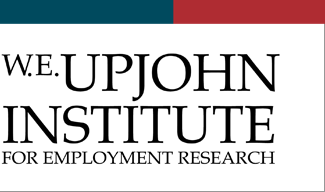Upjohn Author ORCID Identifier
Series
Upjohn Institute Working Paper No. 02-80
DOI
10.17848/wp02-80
Issue Date
April 2002
Abstract
Proponents of school reform have argued that charter schools and vouchers can provide adequate market pressure to improve the performance of traditional public schools. While the number of charter schools and student enrollment have burgeoned, relatively little attention has been paid to their effects on student achievement. Proponents of charter schools suggest a direct effect on student achievement through the restructuring of teaching and learning processes and an indirect effect through peer effects on learning and through the market forces of competition. Of course, competitive pressures may result in higher achievement in traditional public schools as well. This paper focuses on student achievement in charter schools in Michigan. The analyses presented in the paper suggest that students attending charter schools in Michigan are not reaching the same levels of achievement as students in traditional public schools in the same districts. In order to analyze the effectiveness of charter schools relative to their traditional public school counterparts, we examine the difference in student outcomes, as measured by the Michigan Educational Assessment Program (MEAP). The State makes available the MEAP results each year along with limited demographic data that are self-reported by students when they take the tests. We rely mainly on this data set together with additional building- and district-level data that are supplied by local districts and made available on the Michigan Department of Education's (MDE's) website. Five years of MEAP scores - from 1996/97 through 2000/01 - for individual fourth and fifth grade students are analyzed. By pairing charter schools with their "host" (meaning geographically co-located) districts, we attempt to create the local "market" for educational services in which both the charter schools and the public school districts compete. Several models of the difference between test score levels of students attending charter schools versus those from traditional public schools are estimated. In virtually all specifications, each of which controls for student, building, and district characteristics, students attending charter schools have lower test scores than students in traditional public schools. The magnitudes of the results vary by grade, year, and subject matter, but are generally on the order of 3-10 percent. We argue that our estimates of the negative differentials may be biased toward zero because we have not controlled for selection bias.
Subject Areas
EDUCATION; K-12 Education; School choice
Get in Touch With The Expert
Want to arrange to discuss this work with the author(s)? Contact our .
Included in
Citation
Eberts, Randall W. and Kevin M. Hollenbeck. 2002. "Impact of Charter School Attendance on Student Achievement in Michigan." Upjohn Institute Working Paper No. 02-80. Kalamazoo, MI: W.E. Upjohn Institute for Employment Research. https://doi.org/10.17848/wp02-80

